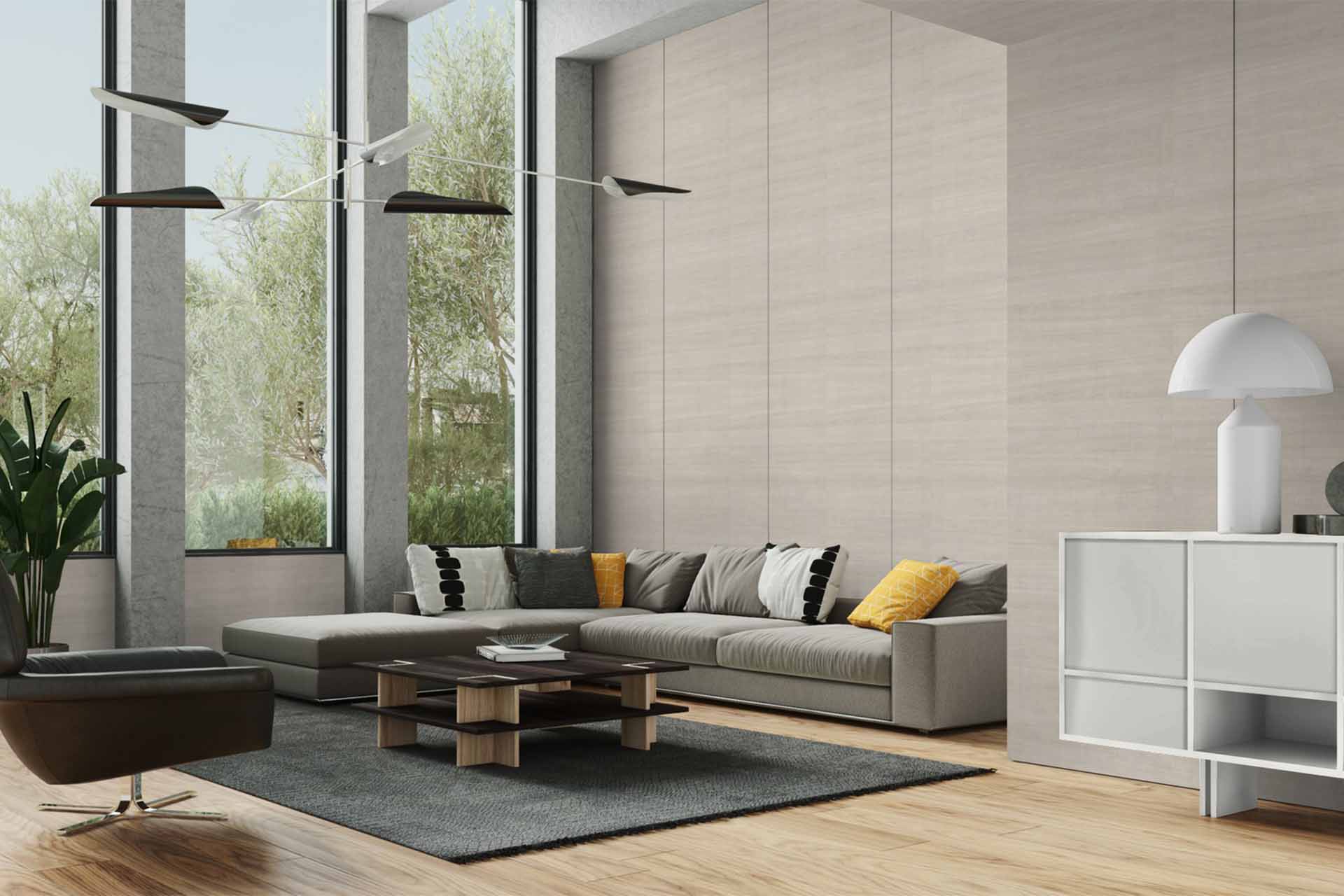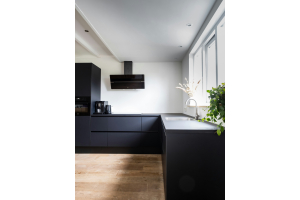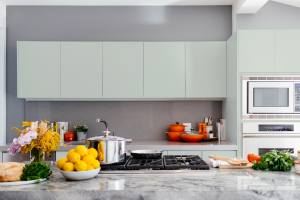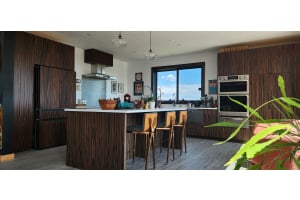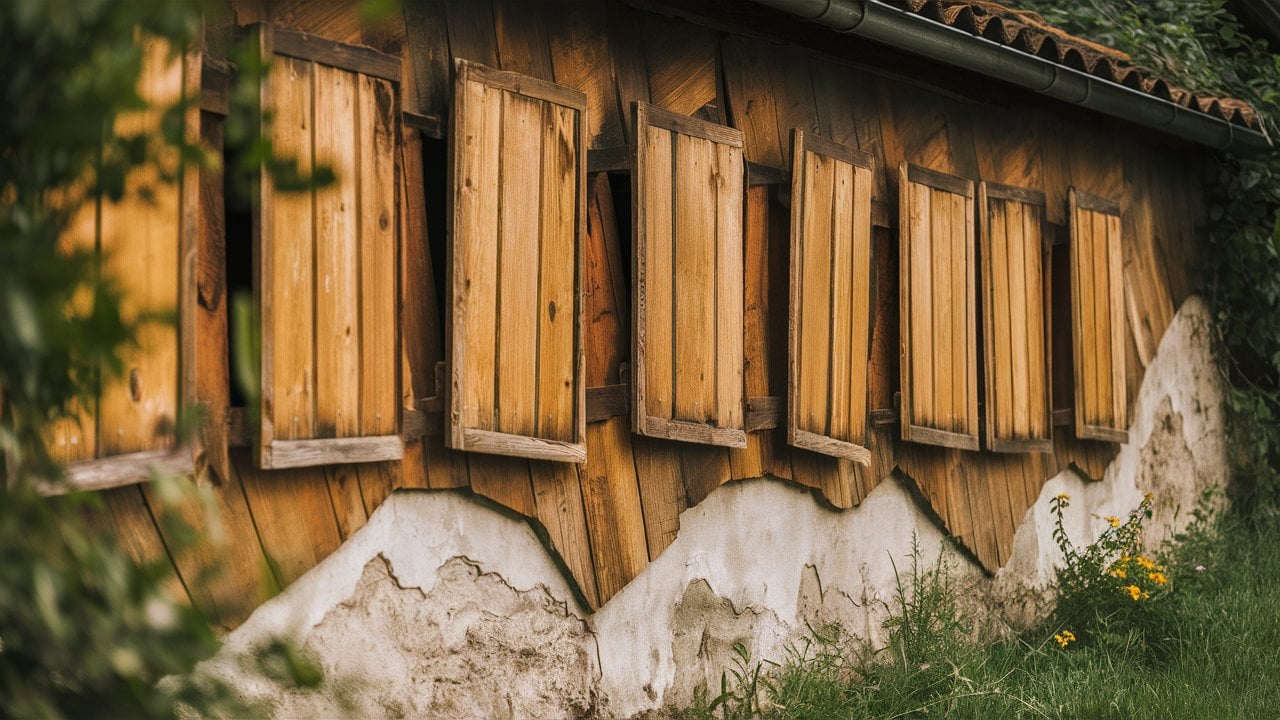
Wall panels are a great way to incorporate warmth, texture, and style into any room. Maybe you are leaning towards wood veneer panels, or find yourself gravitating to a more modern touch. You could be wondering if you can use wall panels for a ceiling, or maybe you’re concerned about whether you can paint MDF wall panels. Regardless, one thing is true: the options are endless!
Modern wall panels are an excellent choice for homeowners looking to add a sleek and contemporary touch to their interiors. These panels come in a variety of materials, such as MDF, wood veneer, and even metal, allowing you to customize the look to match your design vision.
When installing modern wall panels on uneven walls, it's essential to start with thorough preparation. Gather the necessary tools, locate the studs for secure attachment, and take precise measurements to account for any irregularities.
With careful application of adhesive and proper fitting, modern wall panels can effortlessly conceal imperfections, creating a smooth, stylish finish. Enhance the aesthetic with trim and a fresh coat of paint, and turn any space into a modern masterpiece.
Some people refrain from wall panel projects because they fear that their uneven walls will stand out like a sore thumb. While this is an understandable concern, we are here to guide you through it!
How to Handle Uneven Walls
While there are things you can do to remedy an uneven wall, such as replastering, the cost of doing this can quickly add up. Wall panels, on the other hand, can effectively conceal any uneven or unappealing surfaces for considerably less money.
Preparation
You don’t have to be an expert do-it-yourselfer to know the importance of preparation. Be sure to equip yourself ahead of time with all of the needed tools and materials.
So, what will you need? We recommend having a level, saw, nail gun, hammer, tape measurer, nails, paneling adhesive, paneling trim, and a stud finder. Also, make sure you have your panels ready to go!
Locate the Studs
When it comes to uneven walls, it’s important to locate the studs before proceeding any further. Locating the studs will allow you to attach your wall panels to them and ensure that the fit is locked and secure.
This is why you need to have a stud finder! Use it to help you locate the studs, then mark them on the wall so you know where they are when you go to hang new paneling.
Take Accurate Measurements
Now that you have located and marked the studs, it’s time to move on to the next step: measuring the wall. Be sure to accurately measure the height and the length of the wall. Take into account all uneven parts of the wall, as well.
Once you have your measurements, determine how many panels you will need to cover the entire surface. Keep in mind the width of the panels.
Apply Adhesive and Attach
Once you have your measurements taken into account and have your panels ready to go, it’s time to proceed. Apply the adhesive to the back of each panel in thin layers. Spread it evenly, and be careful to keep in mind any uneven sections on the wall.
With the adhesive applied to the back of the panels, begin attaching them to the wall. Start at the top and work your way down. Secure each panel to the studs you located earlier by using a nail gun or a hammer and nails. You want to have a secure fit, but don’t attach the paneling to the wall too tightly or it may cause the panel to split.
Trim, Sand, and Paint
After you have attached the panels to your wall, it’s time to add the finishing touches. We recommend adding trim. Trims help obscure gaps between the wall and the panels that might be visible to the eye.
Once you have added the trim, go ahead and sand the paneling. This will remove any bumps or rough edges and prime your panel for the next and final step–painting them.
Final Thoughts
If you have uneven walls in your home, you can still install wall paneling and bring a new ambiance to the room. Speak with 27EStore experts to get all the materials and information you need to make your wall paneling project a huge success!

